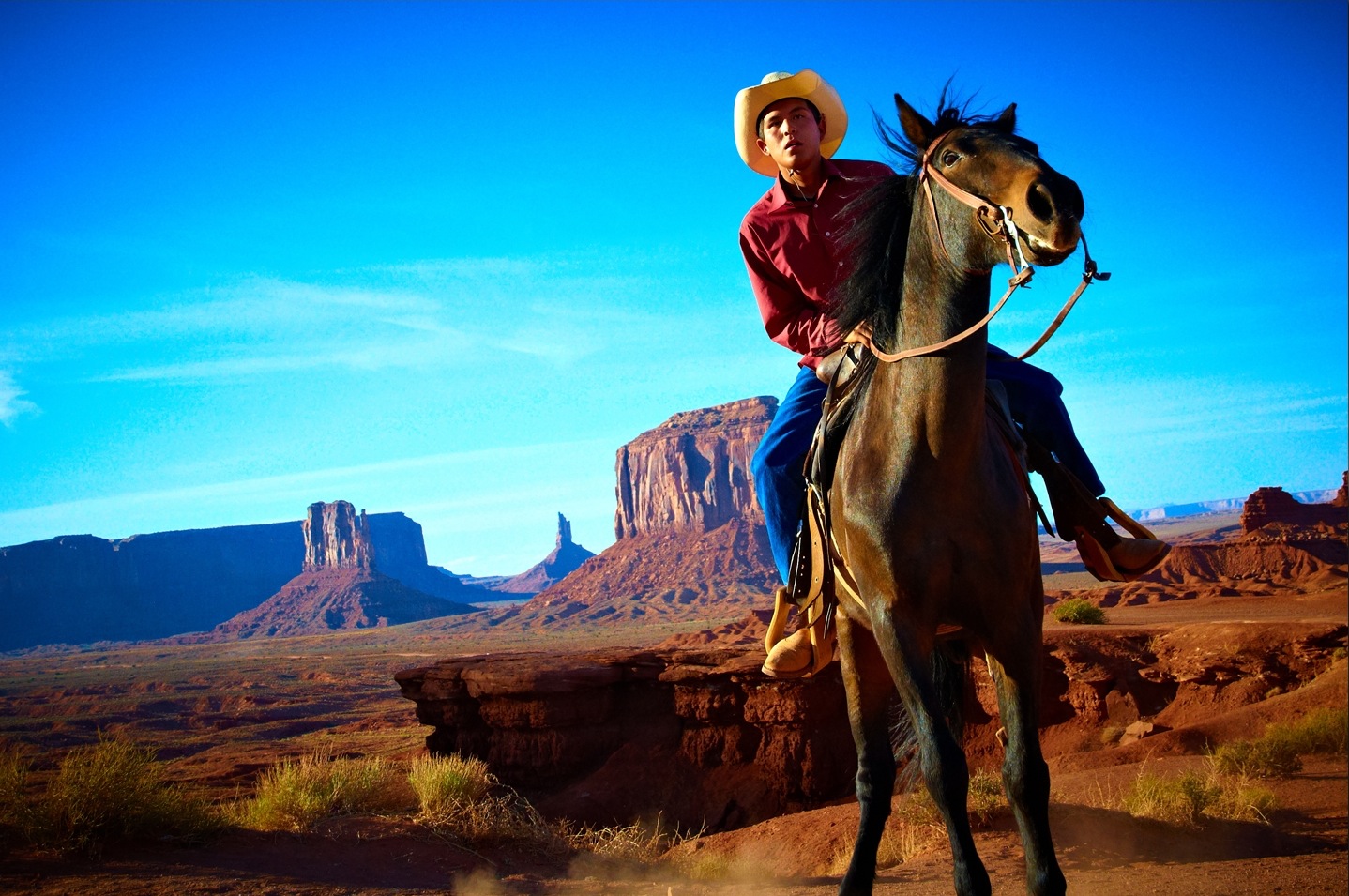How can we describe Native American poetry,

Class 2: Writings From Turtle Island: The Best of Native American Poetry (To be added soon)
How can we describe Native American poetry, nee Indigenous verse? Harper’s Anthology of 20th Century Native American Poetry calls it the poetry of “historic witness”. For the purposes of this class we can go deeper into the oral tradition of any indigenous people and say that a written poem resonates with the consciousness, if not the lives, of the ancestors. We could also say that a Native American phrase, sentence, saying, or theme was most likely spoken by predecessors who lived hundreds to thousands of years ago.
The contemporary Native American poet is continuing a consciousness, if not a way of speaking and living, that originated not only long before the Europeans arrived, but from a way of being on Mother Earth that originated with the first storytellers who painted the hunt, the song, or the origin of the People on the wall of a cave, on a rock, or on the side of a mountain. Storytellers also honed the oral tradition in song, creation stories, and other initial forms of memoir or witnessing to record in memory the ethos & praxis of the culture, tribe, era, or community.
When Joy Harjo (Muscogee) writes: “She had some horses who thought they were the sun and their bodies shown and burned like stars”, it is not only about showing personification, imagery, and simile. It is a tapping into an ancient wisdom, consciously or unconsciously, that allows the transformative power of the art to be amplified in the reader and the writer. If you aren’t inspired by what you are writing, why should the reader be?
When M. Scott Momaday (Kiowa) writes in House of Dawn: “Coyotes have the gift of seldom being seen; they keep to the edge of vision and beyond…,They are an old council of clowns, and they are listened to.”, you are reading a teaching as old as the first camp fire or shaped arrowhead; maybe more.
Moreno adds:
I have tried to bring you into the sacred I feel when I go to the sacred inipi ceremony (sweat lodge), when I pray the way I’ve been taught by 24 Native American teachers from 22 tribes, how I feel when I sing California Indian songs caught over the last 27 years from teachers and relatives I respect and admire. Kindly approach the poems and films with respect for an ancient people remembering that each tribe, each region, each person has an individuality that revolves around respect, tolerance, inclusion, and the we over the I. There is no stereotypical Indian person or tribe.
Join Jim Moreno (Chumash) for this class which resonates with November’s National Native American Heritage Month and is in solidarity with the Water Protectors of Standing Rock. And, staying in character for Moreno, can a Mary Oliver poem resonate with Joy Harjo’s verse? Can a William Stafford poem resonate with a Jimmy Santiago Baca (Apache) poem? Two cultures, one heart. Join Jim for this spirited class and see. For beginning or seasoned writers.
here. Places new and ladies, too, I’m B.J. McKay and this is my best friend Bear.
Recent Comments